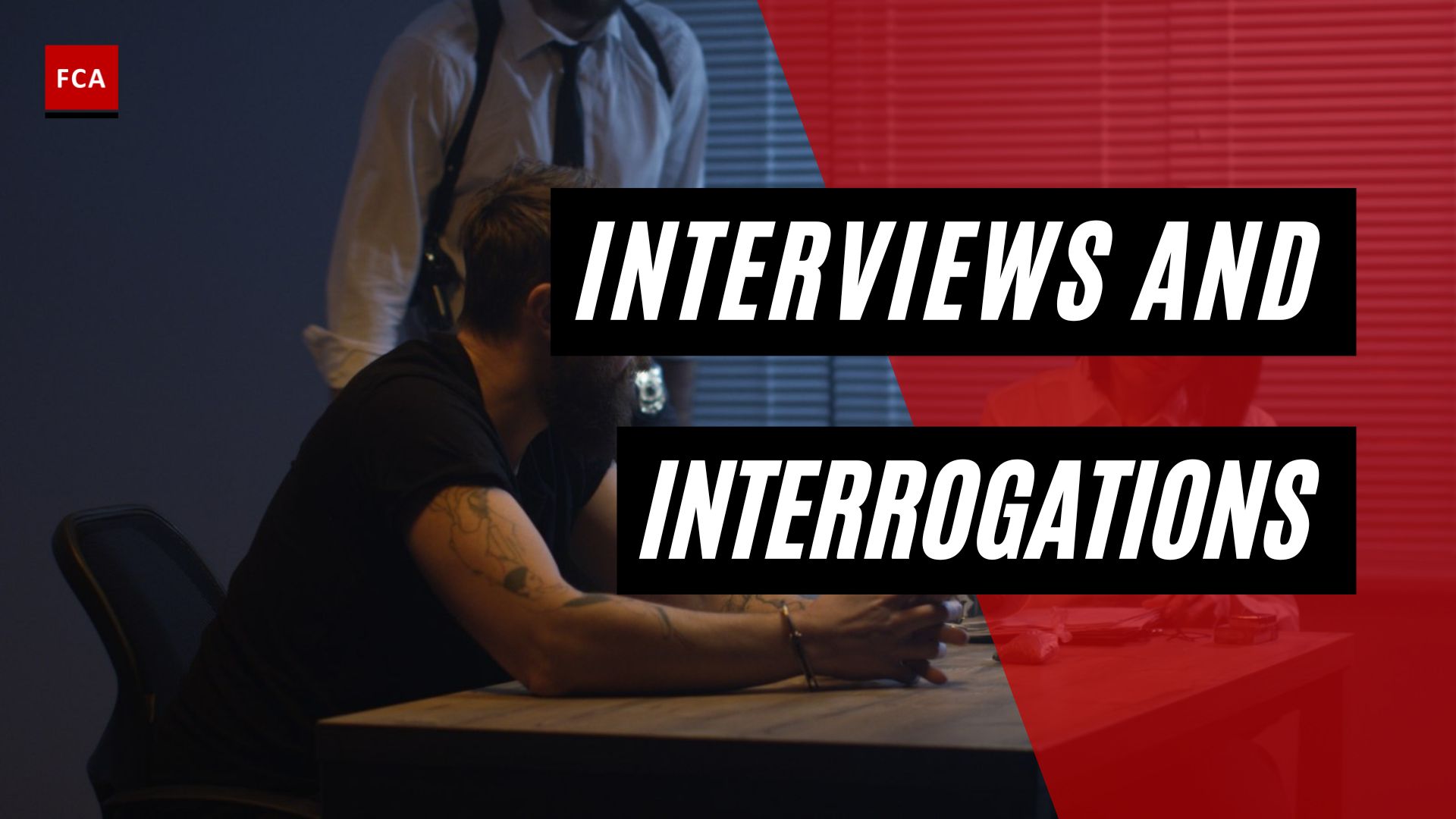Types of fraud perpetrators often signal their actions in advance with tell-tale red flags. The most common behavioral red flags were living beyond means, financial difficulties, close association with vendor/customer, control issues, unwillingness to share duties, divorce/family problems, and wheeler-dealer attitude.

Types Of Fraud Perpetrators
The greater the perpetrator’s level of authority, the greater are fraud losses. Employees often use plotting to evade independent checks and other anti-fraud controls, enabling them to steal larger amounts.
Fraud is often committed by first-time offenders. While background checks can be useful in screening out bad applicants, they might not be able to predict fraudulent behavior. Most fraudsters have years of work history before they begin to steal; therefore, ongoing monitoring and understanding of the risk factors and warning signs of fraud are much more likely to identify fraud than pre-employment screening.
Fraudsters almost always exhibit certain behavioral traits such as living beyond their means or having unusually close associations with vendors or customers.
First Party Fraud
Have you ever considered slightly altering your personal information in order to obtain a credit card or a more appealing mortgage from a bank? Misrepresenting your identity or personal circumstances in any way – no matter how minor – in order to obtain unsecured banking credit is, in fact, a type of first-party fraud.
First-party fraud also includes borrowing money or using credit without intending to repay it. For example, someone may order a new flat-screen television on credit and spend more than usual. An unusual purchase event may prompt a bank to call their customer and inquire whether the unusual purchase is genuine.
If the account holder claims they did not make the purchase or did not receive the goods, the bank will frequently refund the money, leaving the retailer out of pocket because the bank requests a chargeback.
Second-Party Fraud
Second-party fraud is more difficult to detect. This occurs when legitimate account holders knowingly provide their personal information or credentials to a friend or acquaintance in order for them to commit fraud. The associate can order goods or services from a device that is not linked to the account, giving the fraud the appearance of legitimacy.
It is difficult for banks to demonstrate that the customer was complicit in the crime. This is referred to colloquially as “friendly fraud.” An intriguing twist to this type of fraud occurs when customers are enticed by fraudsters who advertise ways to make $200 fast.’
In order to receive the cash, the legitimate account holder must agree to accept and transfer funds into and out of their bank account on behalf of a third party. In exchange, they get to keep a portion of the money. In reality, this is money laundering, and the people who have shared their bank information are referred to as “money mules.”
However, because the affected accounts are owned by real people with legitimate credentials, detecting fraudulent activity can be difficult.
Third-Party Fraud
This is what most people think of when they think of types of fraud. It differs from first and second-party fraud in that the customer is unaware of the fraudulent activity; in this case, the customer is clearly the victim. The fraudster impersonates them and uses real-life facts about them to defraud their bank.
Account takeover is a common example of this type of fraud (ATO). A fraudster gains access to a victim’s account by using personally identifiable information (PII) obtained through hacking or social engineering techniques such as phishing.
This is when a fraudster poses as a trusted entity in order to trick their victim into disclosing sensitive information. This results in the victim’s account being taken over, resulting in fraudulent transactions or purchases or the draining of funds.
Another popular technique is loan stacking. This is when a criminal uses one person’s information to apply for multiple small loans from various lenders. The profits can be enormous, but the victim’s credit score suffers as a result.
Why Each Type Of Fraud Can Be Difficult To Detect?
These types of fraud are difficult to detect for a variety of reasons.
- You can’t question the customer: In the case of first-party fraud, it can be difficult to determine whether customers are telling the truth. Interrogating a customer’s monthly spending is not good customer service, and a bank cannot go into their customers’ homes to see if there is a brand new TV hanging on the wall. This type of fraud is difficult to detect and even more difficult to prove.
- No one will confess: Second-party fraud presents similar challenges. Asking an individual directly if they have ever shared their banking details with anyone else will get the bank nowhere, as the answer will inevitably be a defensive ‘no, of course not.’ Because the individual knowingly allowed this fraud to occur, all personal details are correct, and most of the usual indicators of fraudulent behavior are absent. When individuals refuse to acknowledge their involvement, banks will struggle to find solid evidence to prove it. It’s a case of one man’s word versus another’s.
- Complexity shrouded: A fraudster will frequently combine different techniques to complicate attempts to detect suspicious activity. They may, for example, target people with low credit scores who are unlikely to be victims of fraud. They may then use credit piggy-backing, which involves adding another cardholder’s information to boost their credit score.
Combatting These Diverse Crimes
With fraud perpetrators ranging from organized crime gangs to long-term, highly valued customers, it’s difficult to imagine a comprehensive solution capable of combating all three major types of fraud.
There is, however, a way. Banks can create unique profiles for each customer and understand what ‘normal’ looks like by combining device assessment, malware detection, and behavioral biometric analytics. If anything deviates from the norm, they have the option of taking action.
This could be the most subtle of changes; for example, if a user is lying to get a loan, they may dither over some of the answers while wrestling with their conscience. While typing slowly or retyping information does not constitute a crime, it may warrant further investigation.
Final Thoughts
Typically, fraudsters do not differ from other employees of the same company in terms of demographics or physiologic profile. Most perpetrators have a similar personal profile to an honest person, which is why, when the fraud is discovered, victims and colleagues are often taken aback by the unethical behavior of the unfaithful employee.
As previously stated, fraudsters are typically motivated to commit fraud by a sense of pressure or discomfort (whether professional or from other sources), combined with the presence of a favorable scenario (opportunity) and a self-justification of their actions (rationalization).









